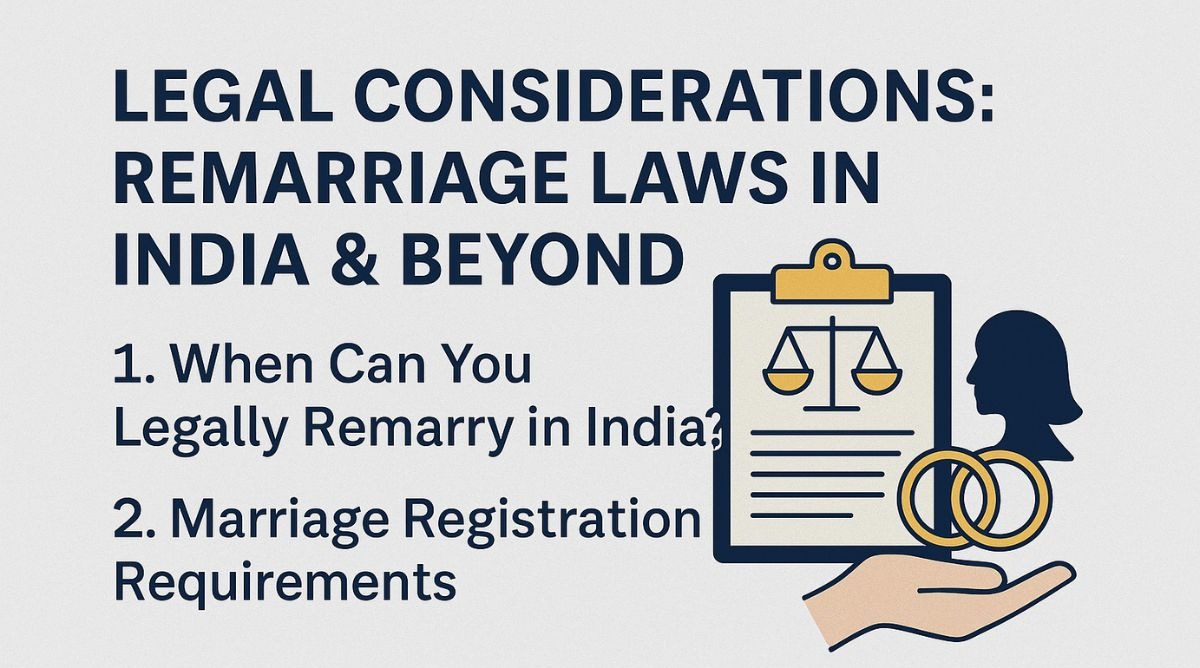1. This is an appeal against the Subordinate Judge of Bankura decreeing the plaintiff''s suit for recovery of 6 annas and 8 goondas share, in certain land. The plaintiff claimed this property as purchaser of the interest of defendants 2 to 7 in the year 1913. During the execution proceedings defendant No. 1 who is admittedly the owner of the remaining share of the property made a claim which was dismissed for default. The lower Appellate Court has found that defendants 2 to 7 had only �th share to the property and that this was the interest which passed to the plaintiff by his purchase, but that by reason of dismissal of defendant Mo. 1''s claim the defendant No. 1 cannot dispute the plaintiff''s title to the share claimed in the suit which was in dispute in that claim case.
2. At the hearing of this appeal four points have been urged on behalf of the appellant defendant No. 1. The first point is that the decision in the claim case is no bar to the defendant''s present claim since it was not a decision on the merits. Our attention has been drawn to the decision in the case of Uma Charan Chatterjee v. Hironmoyee Debt (1913) 18 C.W.N. 770, to which one of us was a party. But that case has been clearly distinguished in the case of Nagendra Lal Chaudhury v. Fani Bhutan Das (1918) 45 Cal 785 where it was pointed out that the decision of the earlier case was based on the wording of Art. 11 of the Limitation Act of 1877 and that the alteration in the language of that article in 1908 has made a change in the law. This latter ruling is conclusive against this contention on behalf of the appellant.
3. The next point taken is that the decision in the claim case did not bar an objection being made in the suit since defendant No. 1 remained in possession. It is a settled law that adverse decision of a claim raised under O. 21, R. 58, prevents the unsuccessful party from asserting the right thus claimed in any capacity whether as plaintiff or as defendant.
4. The third point taken is that the learned Subordinate Judge has disposed of the issue of limitation by a finding. "On the evidence I find the suit is not barred by limitation." He has given no reason for reversing the decision of the Munsif who held that neither the plaintiff nor his predecessor in interest had been in possession for 12 years before suit. But we find that when discussing the previous point in this case, point No. 1 in his judgment, the learned Subordinate Judge has come to a clear finding that defendants 2 to 7 were in possession as rightful owners of 1/6th share of the tank. This finding is sufficient to justify the decision that the suit is not barred.
5. The last point taken is that the plea that the mother of plaintiffs 2 to 4 was the benamidar of her husband who is still alive, was not properly decided. No such contention was raised in the written statement. This objection was taken on behalf of defendant No. 1 on evidence to this effect being given by one of the plaintiff''s witnesses. The defendant No. 1 then applied for an issue to be framed on this point and this the Munsif refused to do The learned Subordinate Judge however has come to a distinct finding on this point and has held that the mother of these plaintiffs was not her husband''s benamidar. It was open to the lower Appellate Court to come to a finding on an issue which has not been decided in the first Court and this finding on a question of fact is final in second appeal.
6. The appeal fails on all the points taken and is dismissed with costs.

